 W
WThe term alternative process refers to any non-traditional or non-commercial photographic printing process. Currently the standard analog photographic printing process is the gelatin silver process, and standard digital processes include the pigment print, and digital laser exposures on traditional color photographic paper.
 W
WThe Autochrome Lumière was an early color photography process patented in 1903 by the Lumière brothers in France and first marketed in 1907. Autochrome was an additive color "mosaic screen plate" process. It was the principal color photography process in use before the advent of subtractive color film in the mid-1930s.
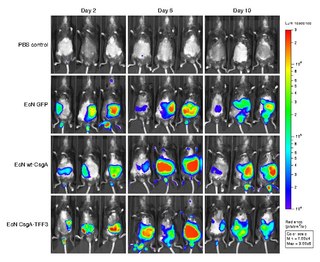 W
WBioluminescence imaging (BLI) is a technology developed over the past decade that allows for the noninvasive study of ongoing biological processes. Recently, bioluminescence tomography (BLT) has become possible and several systems have become commercially available. In 2011, PerkinElmer acquired one of the most popular lines of optical imaging systems with bioluminescence from Caliper Life Sciences.
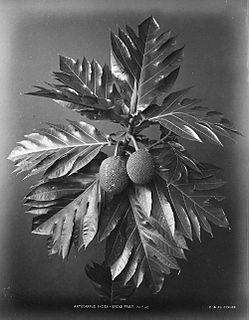 W
WBlack-and-white images combine black and white in a continuous spectrum, producing a range of shades of gray.
 W
WA contact print is a photographic image produced from film; sometimes from a film negative, and sometimes from a film positive or paper negative. In a darkroom an exposed and developed piece of film or photographic paper is placed emulsion side down, in contact with a piece of photographic paper, light is briefly shone through the negative or paper and then the paper is developed to reveal the final print.
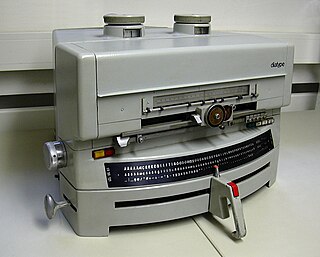 W
WA Diatype is a manual "typesetter machine" used for the phototypesetting of texts, printing them on a light-sensitive film, that can be used in different environments of the graphic arts industry.
 W
WDufaycolor is an early British additive colour photographic film process, introduced for motion picture use in 1932 and for still photography in 1935. It was derived from Louis Dufay's Dioptichrome plates, a glass-based product for colour still photography, introduced in France in 1909. Both Dioptichrome and Dufaycolor worked on the same principles as the Autochrome process, but achieved their results using a layer of tiny colour filter elements arrayed in a regular geometric pattern, unlike Autochrome's random array of coloured starch grains. The manufacture of Dufaycolor film ended in the late 1950s.
 W
WPolaroid art is a type of alternative photography which consists of modifying an instant picture, usually while it is being developed. The most common types of Polaroid art are the emulsion lift, the Polaroid transfer and SX-70 manipulation.
 W
WIn infrared photography, the film or image sensor used is sensitive to infrared light. The part of the spectrum used is referred to as near-infrared to distinguish it from far-infrared, which is the domain of thermal imaging. Wavelengths used for photography range from about 700 nm to about 900 nm. Film is usually sensitive to visible light too, so an infrared-passing filter is used; this lets infrared (IR) light pass through to the camera, but blocks all or most of the visible light spectrum.
 W
WGabriel Lippmann conceived a two-step method to record and reproduce colours, variously known as direct photochromes, interference photochromes, Lippmann photochromes, Photography in natural colours by direct exposure in the camera or the Lippmann process of colour photography. Lippmann won the Nobel Prize in Physics for this work in 1908.
 W
WThe oil print process is a photographic printmaking process that dates to the mid-19th century. Oil prints are made on paper on which a thick gelatin layer has been sensitized to light using dichromate salts. After the paper is exposed to light through a negative, the gelatin emulsion is treated in such a way that highly exposed areas take up an oil-based paint, forming the photographic image.
 W
WThe Paget process was an early colour photography process patented in Britain in 1912 by G.S. Whitfield and first marketed by the Paget Prize Plate Company in 1913. A paper-based Paget process was also briefly sold. Both were discontinued in the early 1920s. One of the most outstanding exponents of the Paget process was Australian photographer Frank Hurley.
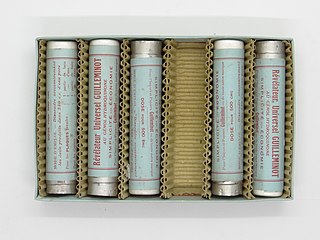 W
WIn the processing of photographic films, plates or papers, the photographic developer is one or more chemicals that convert the latent image to a visible image. Developing agents achieve this conversion by reducing the silver halides, which are pale-colored, into silver metal, which is black. The conversion occurs within the gelatine matrix. The special feature of photography is that the developer acts more quickly on those particles of silver halides that have been exposed to light. Paper left in developer will eventually reduce all the silver halides and turn black. Generally, the longer a developer is allowed to work, the darker the image.
 W
WPhotographic paper is a paper coated with a light-sensitive chemical formula, like photographic film, used for making photographic prints. When photographic paper is exposed to light, it captures a latent image that is then developed to form a visible image; with most papers the image density from exposure can be sufficient to not require further development, aside from fixing and clearing, though latent exposure is also usually present. The light-sensitive layer of the paper is called the emulsion. The most common chemistry was based on Silver halide but other alternatives have also been used.
 W
WRedscale is a technique of shooting photographic film where the film is exposed from the wrong side, i.e. the emulsion is exposed through the base of the film. Normally, this is done by winding the film upside-down into an empty film canister. The name "redscale" comes because there is a strong color shift to red due to the red-sensitive layer of the film being exposed first, rather than last [the red layer is normally the bottom layer in C-41 film]. All layers are sensitive to blue light, so normally the blue layer is on top, followed by a filter. In this technique, blue light exposes the layers containing cyan and magenta dyes, but the layer containing yellow dye is left unexposed due to the filter. E-6 film has also been used for this technique.
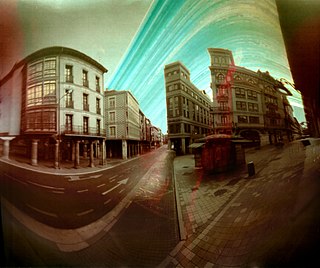 W
WSolarigraphy is a concept and a photographic practice based on the observation of the sun path in the sky and its effect on the landscape, captured by a specific procedure that combines pinhole photography and digital processing. Invented around 2000, solarigraphy uses photographic paper without chemical processing, a pinhole camera and a scanner to create images that catch the daily journey of the sun along the sky with very long exposure times, from several hours to several years. The longest known solarigraph was captured over the course of eight years. Solarigraphy is an extreme case of long-exposure photography, and the non-conventional use of photosensitive materials is what makes it different to other methods of sun paths capture such as the Yamazaki´s "heliographys"
 W
WStand development is a photographic development process where film is left in a very dilute developing solution for an extended period of time, with little or no agitation. The technique dates back to at least the 1880s, and results in fine grain, increased perceived sharpness, and smooth tonality, but is time-intensive and runs the risk of producing certain processing defects.
 W
WSun printing may refer to various printing techniques which use sunlight as a developing or fixative agent.